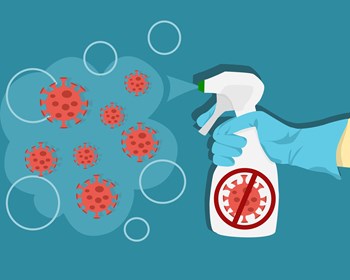
Even though the world has been contending with COVID-19 and its consequences for the better part of a year (and counting), the routines and practices we’ve adopted to prevent its spread and minimize personal risk of infection are still evolving. With new data come new recommendations, adaptations, and inventions. If nothing else, this pandemic keeps us on our toes. Though they might seem like opposing qualities, vigilance and flexibility both have equal importance in the global effort to restore some form of normalcy in our lives.
So it is with cleaning, especially in multifamily buildings and communities where comings and goings through common areas are unavoidable—however limited they may be to reduce social proximity and interpersonal contact. According to the website of the Centers for Disease Control and Prevention (CDC), “Communal spaces, community activities, and close living quarters in multifamily housing increase the risk of getting and spreading the [corona]virus”—which makes the cleaning and sanitation procedures in these settings all the more important for the health and safety of the approximately 74 million Americans who live in such homes, according to the Community Associations Institute (CAI), as well as the staff who support them. Those responsible for keeping these areas clean and free of hazards—including viral pathogens—have to contend with the ever-changing protocols, products, and processes in place to protect the public—and themselves—from the spread of COVID-19.
But even in the midst of a pandemic, is there a point where cleaning and disinfection can go overboard?
Sanitizer Insanity
In the beginning of the coronavirus crisis, hand sanitizer became such a hot commodity that the federal government took to usurping shipments headed for hospitals and hard-hit areas because supplies were so limited and demand was so high. If you were lucky enough to even locate a bona fide product with the CDC-recommended percentage of alcohol content (the CDC recommends that a hand sanitizer with at least 60% alcohol be used in situations when soap and water are not available), you would be faced with usurious markups and strict quantity limits. Even bottles of pure isopropyl alcohol and glycerin gel became scarce as citizens resorted to homemade concoctions and alternative topical disinfectants—a method neither recommended by the U.S. Food and Drug Administration (FDA) nor endorsed by this publication, it should be noted... but desperate times call for desperate measures.
Whether the supply chain got its act together or the public heeded the exhortations of the CDC (and pretty much every credible medical professional) that the best way to prevent the spread of COVID-19 is to wash your hands with plain soap and water for at least 20 seconds, hand sanitizing products can again be found on store shelves and online retailers. They’ve also become a fixture in co-ops, condos, and other multifamily properties—usually placed conspicuously in common locations where residents, visitors, vendors, and staff don’t have access to a sink.
Why is this important? While the coronavirus is transmitted mainly through respiratory droplets expelled when an infected person is talking, sneezing, coughing, singing, or the like, it can also be acquired when someone touches a surface that has the virus on it and then touches their nose, mouth, or eyes. So washing one’s hands not only helps prevent the virus from transmitting from a surface to a person, it also prevents a person from leaving viral bodies on a surface where they can infect other people.
Beyond Soap & Sanitizer
Unfortunately, it’s hard to trust that everyone coming into contact with our communities is washing their hands with the recommended frequency and duration—so the next level of sanitation is to wash those surfaces regularly and safely. Again, according to health agencies, regular soap and water should be employed for keeping surfaces clean—as well as looking nice, which is always an important consideration in residential communities with shared common spaces.
Following a thorough washing, surfaces can be disinfected using a variety of products, each with its own instructions for safe and effective handling and use. While these products are known to kill viruses that are physically tougher than the one that causes COVID-19 when used properly, according to the CDC, they are only as effective as their timing of application relative to when the virus was transferred to a given surface. If high-touch surfaces are only cleaned once a day, it doesn’t matter how effective your products are; multiple people could have put down or picked up viral particles in the hours between wipe-downs. Therefore, boards and managers of multifamily communities have implemented robust schedules of cleaning and disinfection of high-touch surfaces and frequently used common areas, such as railings, elevator buttons, laundry facilities, mailboxes, door knobs, and light switches.
(The EPA’s 6 Steps for Safe and Effective Disinfectant Use can be found at https://www.epa.gov/sites/production/files/2020-04/documents/disinfectants-onepager.pdf)
According to the CDC, there are a variety of considerations to factor in when determining which disinfectant product to use on which surfaces, and when. Porous surfaces require different types and methods of application from non-porous surfaces. Outdoor environments pose less risk of transmission, and therefore do not necessarily need additional disinfection after routine cleaning. Disinfectants should not be used on objects or surfaces touched by children—especially objects or surfaces that children can put in their mouths. Caution must be taken with indoor use of disinfectants that produce dangerous fumes or other toxic effects.
It’s also crucially important to look out for your staff. Custodians, supers, and other people who are carrying out the cleaning or disinfecting are not only at increased risk of being exposed to the virus, but they are also exposed to any toxic effects of the cleaning chemicals they’re using, and should therefore wear appropriate personal protective equipment (PPE) and be properly trained on any new products or protocols—both for their safety, and that of residents. Information on concerns related to cleaning staff can be found on the Occupational Safety and Health Administration’s (OSHA’s) website on Control and Prevention: www.osha.gov/SLTC/covid-19/controlprevention.html.
Surface to Air
The aeresolized transmission of coronavirus presents another consideration for multifamily properties. Viral particles can linger in and travel through the air in respiratory droplets—including through heating, ventilation, and air conditioning (HVAC) systems of a multifamily building, or through the airflow systems that are designed to mitigate spread of smoke and fire between and into apartments. The American Society of Heating, Refrigerating, and Air-Conditioning Engineers (ASHRAE) has therefore developed indoor air management strategies aimed to reduce occupant exposure to infectious aerosols.
Recommendations vary depending on the climate where a building is located, whether it uses a forced-air system for HVAC, and other building-specific features, but generally, according to Professor Max Sherman, Residential Team Lead for ASHRAE’s Epidemic Task Force, “Central systems in any homes give more options for doing filtration. Homes without central forced air systems may need to use more portable air cleaner options. In apartments with common centralized ventilation systems, it is important to make sure that air from one apartment cannot flow to another. Fortunately, most [building] codes in the U.S. do not allow this.”
Older housing stock around the country tends not to have centralized HVAC systems, but instead use radiators to heat in the winter and window-mounted or through-wall air conditioning units—or simply open windows—to cool in the summer. In fact, those of us who live in such units know that opening windows and running A/C are year-round “thermal comfort mechanisms” (to borrow the industry’s term). That method has an outsized energy cost, to be sure, but also might have virus-spreading potential as well.
“The issue here,” explains Sherman, “is that we don’t want air to move from an individual apartment to the corridor. Because if there happens to be an infected person in that apartment, then their virus-containing aerosol particles can get into the corridor to spread the infection to the larger community. Corridors in larger apartment buildings are required to be pressurized to keep that situation from happening, [but] if someone opens their window and a lot of air blows in from that window, it will make the apartment be at a higher pressure and force air into the corridor, and maybe to adjacent spaces as well.”
If it seems counter-intuitive that fresh air would be a vector for the virus, it’s because open windows can have a mitigating effect on virus transmission as well, according to Sherman. “Of course,” he continues, “opening a window can help dilute the amount of virus in that given apartment, so it is not so simple.”
The issue is simpler for window-mounted A/Cs, Sherman says. “Generally speaking, these things recirculate air—they don’t ventilate. Some units have a damper that allows for some outside air to come in, but that amount is rather small and does not have the risks of [over-pressurization], so is not a problem and could be a benefit.” Also, according to ASHRAE’s Technical Resources for Multifamily Buildings, “Strategic window fan placement in exhaust mode can help draw fresh air into room via other open windows and doors without generating strong room air currents.”
Since ventilation is one of the keys to both maintaining indoor air quality and reducing the chances of viral spread, needing to keep windows open or A/C running this winter might not be such a bad thing, in spite of the inefficiency and energy cost. (Again, desperate times …)
Simple Is Best
As the New York Times detailed in a recent article, fancy, high-tech, expensive products promising super-clean surfaces and particle-free air are being marketed as panaceas for a public concerned about indoor transmission of the coronavirus—especially as winter intensifies and fewer activities can be enjoyed outdoors.
But, as the Times indicates, most of those products are overkill and may even have unintended harmful consequences, including respiratory hazards and production of “dangerous hydroxyl radicals that may injure cells.” The Times cites a number of experts who advise against their use, recommending instead the simple risk-reduction measures of hand-washing and mask-wearing.
The recommendations for multifamily buildings and communities are the same as they’ve been since this mess started: Limit interaction with people outside of your household. Wear a mask in common indoor areas and anywhere that six-foot separation cannot be maintained. Wash hands with soap and water or use a sanitizer with 60% alcohol content if those aren’t available. And—lest we forget—remember to breathe. Keeping common indoor air and surfaces clean in a pandemic should not add too much stress, complexity, or expense to an association’s or a cooperative’s daily operations.
Darcey Gerstein is Associate Editor and Staff Writer for The New Jersey Cooperator.



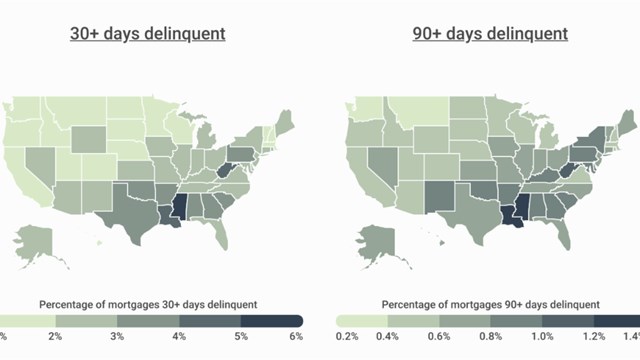

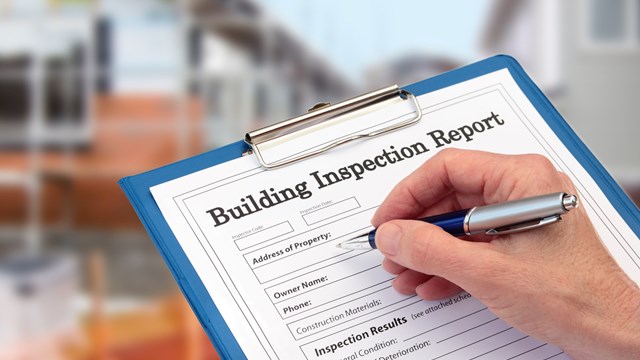
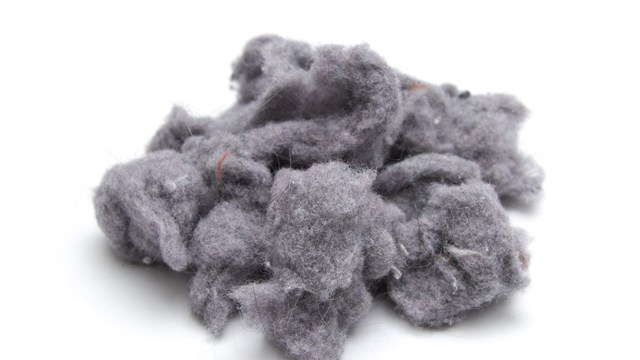
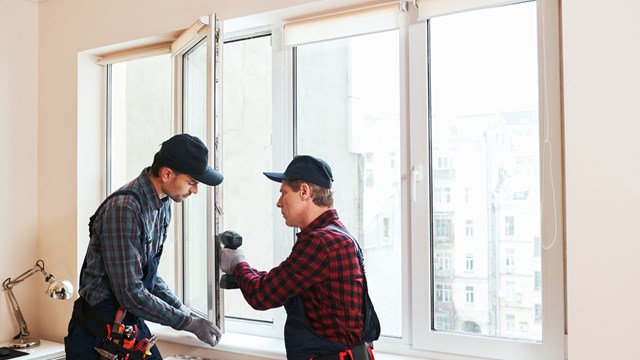
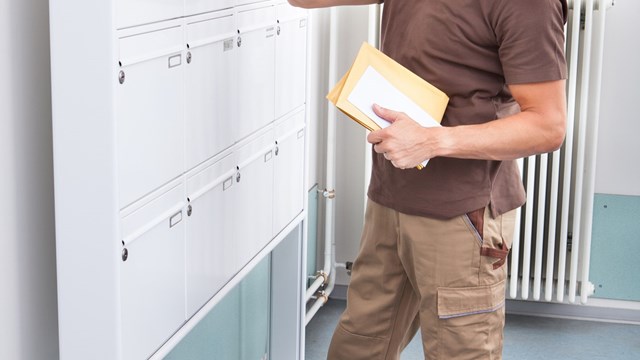
Leave a Comment